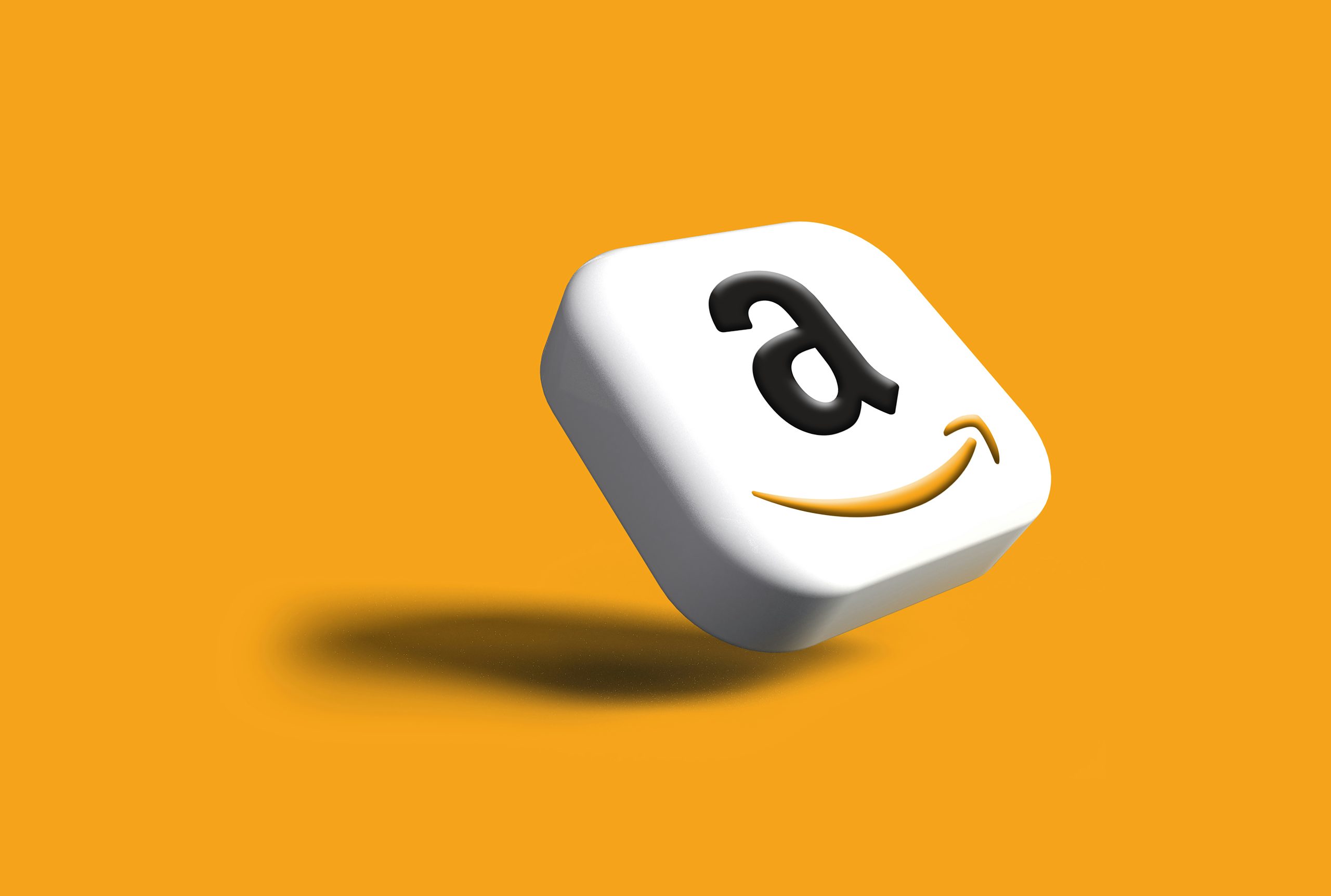Amazon Pay is stepping into more carts
Amazon Pay no longer stays locked inside Amazon. It now works as a built-in option in Shopify Payments. Merchants can activate it from the Shopify admin with no extra fee from Amazon. That puts the Amazon Pay button next to Apple Pay and other fast checkout methods.
Stripe added it too. Merchants using Stripe can now set it up through the Stripe dashboard or API.
Amazon Pay with Affirm also launched. It brings installment plans to eligible stores in the United States. The program started in 2023 and remains available today.
Let’s break it down.
What Amazon Pay actually does
Shoppers can use their Amazon account to check out on other websites. They pick from cards and addresses they already saved on Amazon. Then they log in, approve the purchase, and return to the store.
The idea is to keep the process fast and familiar. It feels like shopping on Amazon, even when it’s not.
The same account works anywhere Amazon Pay is accepted. That includes hundreds of millions of people. Orders may also qualify for Amazon’s A to Z Guarantee, which protects eligible third party purchases.
Where it works and how much it costs
Amazon Pay is open to businesses in the United States, United Kingdom, Japan, and most of Europe.
In the United States, Amazon charges:
- 2.9 percent plus 30 cents per domestic transaction
- 3.9 percent plus 30 cents for cross border payments
- A 20 dollar fee for disputed chargebacks outside its policy
In the United States, Amazon Payments, Inc. holds money transmitter licenses. In Europe, the service runs through Amazon Payments Europe SCA in Luxembourg.
Faster payouts help with cash flow
Amazon Pay now offers next day payouts. Merchants can enroll through Seller Central. The feature covers weekends and does not cost extra.
If merchants opt out or if there is a technical issue, payouts return to the usual three to five business days.
Faster payouts can ease pressure on working capital. Smaller sellers may not need short term loans to cover products or shipping.
Amazon explains eligibility and fallback cases so finance teams can plan around it.
Shopify and Stripe make setup easier
On Shopify, Amazon Pay appears as a fast checkout button. It joins Apple Pay, Google Pay, PayPal, and Shop Pay. Shopify arranges the order based on what loads fastest for each buyer.
Buy with Prime also connects to Shopify. It runs through the Amazon app for Buy with Prime and Amazon MCF. Payments for those orders run through Amazon Pay.
Stripe treats Amazon Pay as a redirect wallet. Buyers log in to Amazon, confirm their details, then return to the store to complete the purchase.
That matters for one reason. Merchants who already use Stripe or Shopify can activate Amazon Pay with no custom code. It shows up during peak shopping times without adding work.
Financing is built in
Amazon Pay with Affirm launched in mid 2023. It adds pay over time at checkout. Buyers stay inside the Amazon Pay experience.
Affirm promises no late fees. Larger purchases can be split into installments. This option helps customers manage payments and helps stores lift their average cart size.
Amazon also supports card based installments. That includes:
- Amazon Visa
- Prime Visa
- Citi cards with Citi Flex Pay
The buyer sees all available options at checkout. That keeps the experience simple.
What about trust and risk
Amazon Pay covers buyers through its A to Z Guarantee. That applies to some third party websites and helps with item condition and delivery delays.
Merchants get a clear view of chargeback rules, fraud filters, and accepted cards. Supported networks include Visa, Mastercard, American Express, Discover, Diners Club, and JCB. Some co branded cards work as well.
In Europe and the United Kingdom, Strong Customer Authentication applies. Amazon Payments Europe explains how the extra login step works under PSD2 rules.
Amazon Pay’s India move
In early 2024, India’s central bank gave Amazon Pay a license to act as a payment aggregator. This allows Amazon to process payments for online stores under local laws.
In September 2025, Amazon bought Axio. Axio is a lending company based in Bengaluru. That deal gives Amazon access to an Indian lending license.
Here is why that matters. Amazon can now offer credit products in India, not just on its own site, but also through Amazon Pay on other stores.
Amazon Pay is different from Amazon One
Amazon One uses a palm scan for checkout. It works in physical stores. That includes Whole Foods and other partners.
Amazon One handles payments, identity, and age checks in person. It is separate from Amazon Pay, which works online. But both aim to shrink the gap between wanting something and buying it.
One change on Amazon.com
Amazon no longer supports Venmo payments on its main site. The company announced the move in late 2023. It took effect in early 2024.
Venmo debit and credit cards still work. The Venmo app does not.
That matters because it shows how Amazon limits payment choices on its own site, while offering more flexibility through Amazon Pay elsewhere.
What comes next
Amazon Pay is likely to show up in more checkout systems. Shopify and Stripe already offer fast activation. Other payment platforms are listed as partners on Amazon’s site.
Express Payout could change how sellers manage ads and inventory. Merchants will need to track when they qualify and when it falls back.
In the U.S., the new GENIUS Act sets the first federal framework for payment stablecoins. If major wallets adopt stablecoins, checkout fees and settlement flows could shift for merchants.” Congress
In Europe and India, local laws continue to shape how Amazon Pay handles identity checks and payouts.
Amazon’s site includes case studies. These highlight lifts in sales and payment volume. The data comes from Amazon, so treat it as directional. But it shows where the wallet performs well. Fast checkouts. High intent buyers. Repeat customers.
Further reading. Read the Genius Act analysis.















